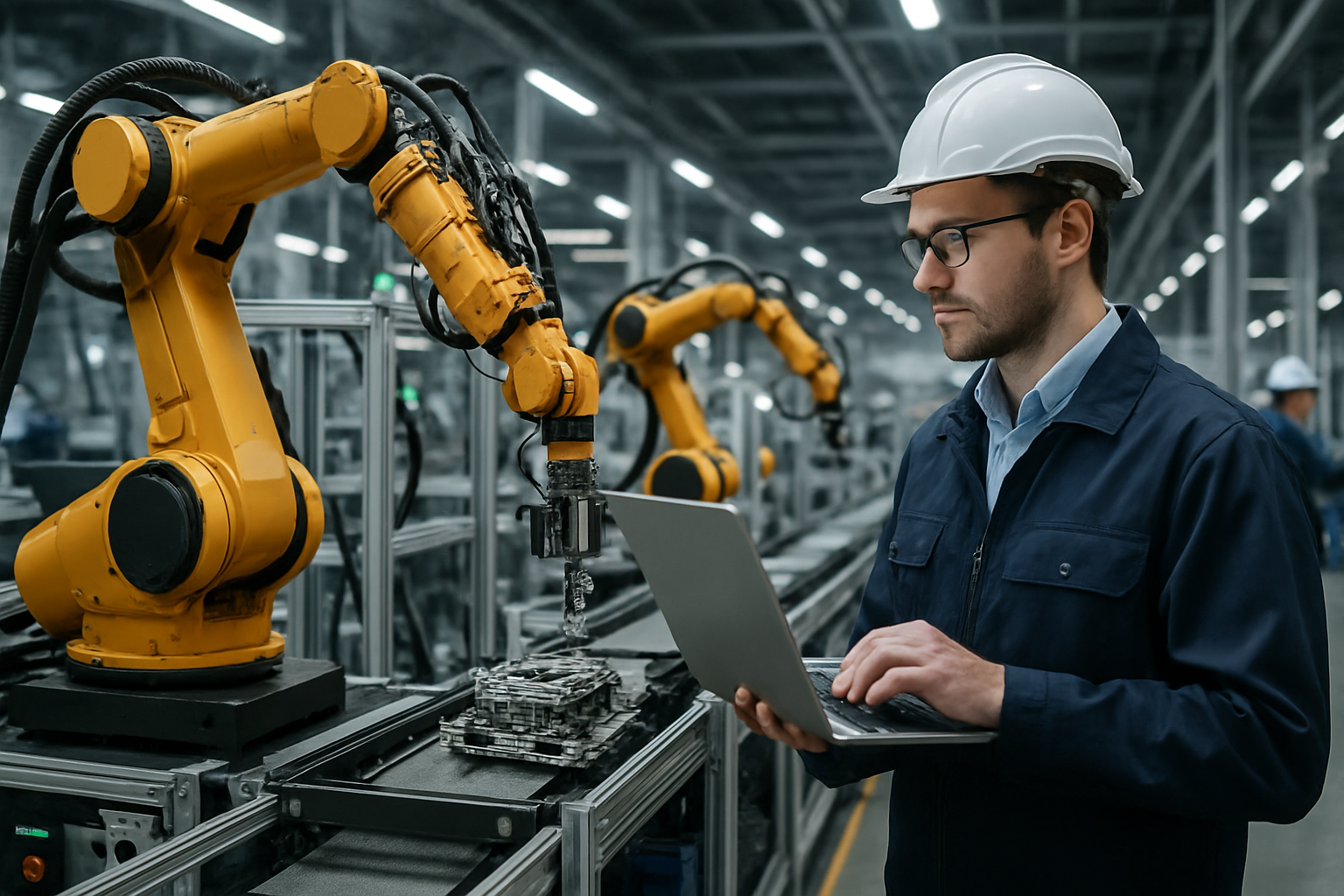E-waste Mining: The Hidden Goldmine in Our Discarded Electronics
In the sprawling landscape of electronic consumption, a surprising treasure trove lurks within our discarded devices. Every smartphone, laptop, and gaming console contains minuscule amounts of precious metals—gold, silver, palladium, and copper—that collectively represent billions in untapped value. As global e-waste volumes surge past 50 million metric tons annually, innovators are developing sophisticated methods to extract these valuable materials. This emerging industry isn't just about profit; it's creating a circular economy solution to one of our most pressing environmental challenges.

The Growing Mountain of Electronic Waste
Electronic waste represents the fastest-growing waste stream in the world, with an estimated 57.4 million metric tons generated globally in 2021 alone—equivalent to the weight of 5,000 Eiffel Towers. This staggering figure is projected to reach 74 million metric tons by 2030, according to the Global E-waste Monitor. The driving forces behind this surge include shorter device lifecycles, rapid technological advancement, and expanding global access to electronics.
What makes this waste stream uniquely problematic is its composition. Unlike traditional waste, electronics contain both highly toxic materials (lead, mercury, cadmium) and valuable elements (gold, silver, copper, rare earth metals). When improperly disposed of, these devices leach hazardous chemicals into soil and groundwater. Yet simultaneously, they represent an increasingly valuable urban mine—one that, ironically, contains higher concentrations of certain precious metals than natural ore deposits.
The Hidden Treasure in Your Junk Drawer
The economic potential within e-waste is staggering when quantified. A typical smartphone contains approximately 0.034 grams of gold, 0.35 grams of silver, 0.015 grams of palladium, and 9 grams of copper. While these amounts seem trivial for a single device, they become significant at scale.
One metric ton of smartphone e-waste contains approximately 300 times more gold than a metric ton of gold ore. To put this in perspective, recycling one million cell phones can yield about 35,000 pounds of copper, 772 pounds of silver, 75 pounds of gold, and 33 pounds of palladium—currently valued at over $2.5 million in raw materials.
Desktop computers and servers are even richer sources, with gold-plated connectors and components that can yield 10-20 times the concentration of gold found in commercially viable ore. Circuit boards across all electronics contain precious metal concentrations 40-800 times higher than in naturally occurring ore deposits, making them extraordinarily valuable targets for resource recovery.
Innovative Recovery Technologies Transforming the Field
Traditional e-waste processing has relied on rudimentary methods like open-air burning or acid baths to recover metals—approaches that release toxins and recover only a fraction of available materials. However, recent technological innovations are revolutionizing the industry with cleaner, more efficient alternatives.
Bioleaching represents one of the most promising advances. This process uses non-toxic microorganisms (bacteria and fungi) to extract metals from circuit boards and components. Certain bacteria naturally oxidize metals as part of their metabolic processes, effectively separating precious metals from surrounding materials without harsh chemicals. Companies like Mint Innovation in New Zealand have scaled this approach commercially, using microbes to recover up to 90% of gold from e-waste while producing minimal environmental impact.
Meanwhile, advanced mechanical separation techniques employ automated systems with optical sorting, magnetic separation, and density-based separation to precisely disassemble devices and sort components by material type. Apple’s recycling robot “Daisy” can disassemble 200 iPhones per hour, systematically removing and sorting components to maximize material recovery.
Perhaps most exciting are emerging electrochemical processes that use selective chemistry to target specific metals. Unlike traditional smelting, which requires enormous energy input, these systems operate at room temperature using specialized chemical solutions that selectively dissolve and then precipitate specific metals, achieving recovery rates above 95% for certain elements.
The Business Landscape: From Startups to Tech Giants
The urban mining industry has evolved from informal operations to sophisticated businesses with venture capital backing. Startups like Urban Mining Company (specializing in rare earth magnets recovery) and Redwood Materials (founded by former Tesla CTO JB Straubel) have received hundreds of millions in funding to scale their operations.
Established companies are also entering the space. Dell has initiated closed-loop recycling programs that recover gold from old computer motherboards for use in new products. Apple has committed to using only recycled rare earth elements in its devices and has developed specialized robots for material recovery.
The economics are increasingly favorable. While traditional mining requires approximately $500-$1,000 to extract an ounce of gold, urban mining can recover the same amount for $400-$800, with the gap widening as natural deposits become more depleted and extraction technologies improve.
Market analysts project the global e-waste recycling market to grow from $13.4 billion in 2022 to over $25 billion by 2030, representing a compound annual growth rate of 9.3%—significantly outpacing most traditional mining sectors.
Environmental and Social Implications
Beyond the business case, e-waste mining offers substantial environmental benefits. For each ton of e-waste recycled, we avoid extracting approximately 17 tons of ore—along with the associated land disruption, water usage, and energy consumption of traditional mining. The carbon footprint comparison is equally striking: producing one kilogram of gold through conventional mining generates about 20,000 kg of CO2, while recovering the same amount from e-waste produces only 2,000 kg.
The social dimension is equally important. Traditional electronics recycling has often been outsourced to developing nations where workers—including children—handle hazardous materials with minimal protection. Urban mining companies are increasingly establishing responsible operations with proper safety protocols and fair wages, creating skilled technical jobs rather than hazardous labor conditions.
Perhaps most significantly, e-waste mining represents a practical implementation of circular economy principles, where products are designed with eventual recycling in mind and materials remain in continuous cycles of use rather than becoming waste. Some manufacturers are now designing products specifically for easier disassembly and material recovery—a promising shift from the historically disposable nature of consumer electronics.
As consumers become increasingly environmentally conscious and regulations around e-waste tighten globally, urban mining stands positioned to transform our relationship with electronic devices—from linear consumption to circular stewardship of the valuable resources they contain.





